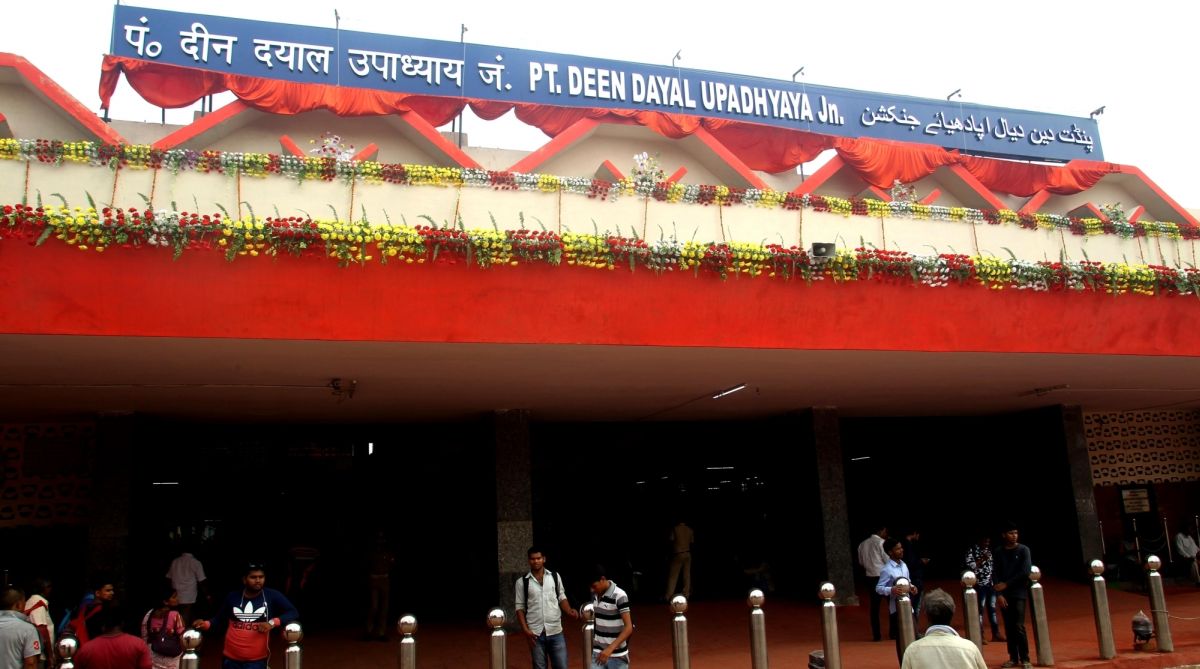Cong clarifies on Sam Pitroda’s remarks on inheritance tax
The Congress also said that in a democracy, any individual can express his personal views.
First built in 1860s by the East India Company, the railway station connected Delhi and Calcutta, and hence referred to as the gateway to east India.

Representational Image. (Photo: IANS)
Mughalsarai, Uttar Pradesh’s exemplary railway station, is now officially renamed as Pandit Deen Dayal Upadhyaya Junction. At a ceremony held on Sunday, Amit Shah, the national president of BJP, Railway Minister Piyush Goyal and Uttar Pradesh Chief Minister Yogi Adityanth together inaugurated the newly named railway station. The three also launched a project to upgrade the marshalling yard, the largest one in Asia, at the station.
What’s so special about this station?
Constructed during the British rule, the station is presently the world’s second biggest railway station after Gaddar, located in Pakistan. The 150-year old railway station is also the world’s fourth busiest railway station. First built in 1860s by the East India Company, the railway station connected Delhi and Calcutta, and hence referred to as the gateway to east India.
Advertisement
Why was it called Mughalsarai? A brief history
Established on the Grand Trunk Road, the station boasts of an interesting past. Built by Sher Shah Suri, this road served as a main course for a majority of caravans, during the medieval era and much later as well, travelling from East or South India towards North India. Being as busy as it was, and still is, there were several sarais (inns) on both sides of the road, and hence the name — Mughalsarai.
The Deen Dayal Upadhyaya connection
Bhartiya Janata Party had been keen on renaming this particular railway station for some time now. Back in 1992, when the BJP was in power in Uttar Pradesh, there had been a futile attempt to change the name of the Mughalsarai station. Due to an outpouring of violence, owing to the demolition of Babri Masjid, the BJP had to give up its plans to rename the station then.
This time around, however, the trajectory of the entire name change process was completely antithetical. After UP Governor Ram Naik gave his approval to the proposal in June, things went on quite swiftly.
The station has officially been renamed after the RSS ideologue, Pandit Deen Dayal Upadhyaya, who was found dead near Mughalsarai station under mysterious circumstances in 1968.
Advertisement